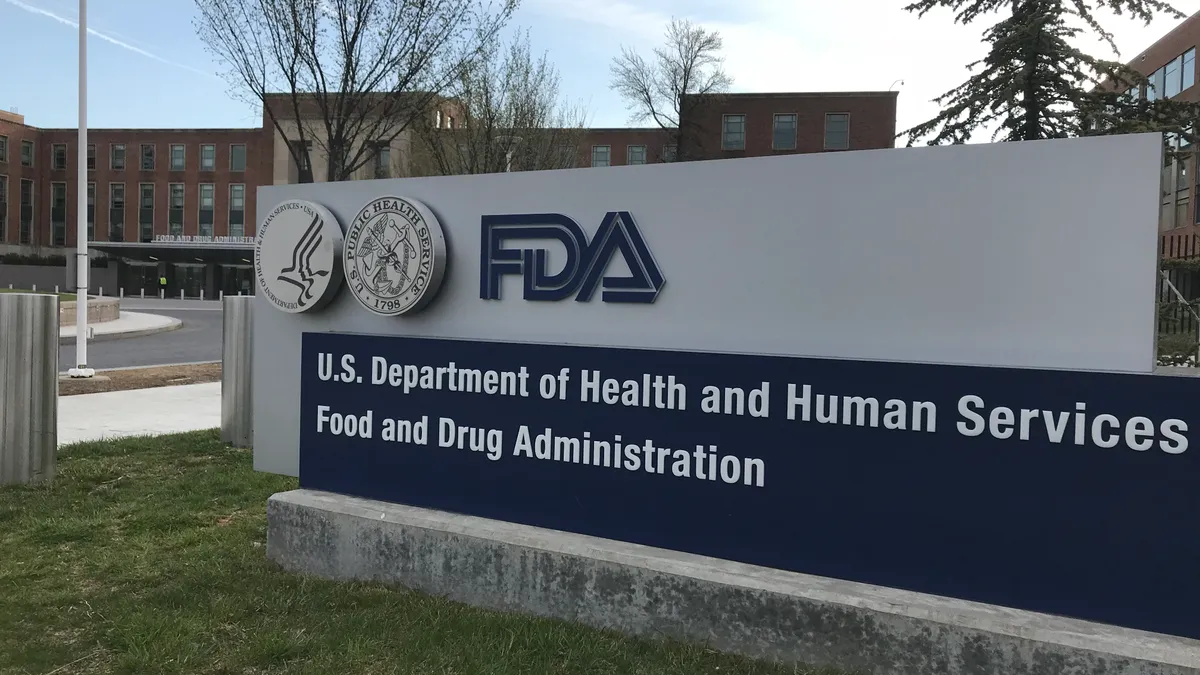Dive Brief:
-
FDA has published a roadmap for working through the backlog of facility inspections that has built up during the pandemic.
-
The device division will prioritize application approvals for high-priority products and other inspections deemed to be mission critical. Post-approval inspections and routine surveillance are the lowest priority activities.
-
In the base-case scenario, FDA will work on mission critical and priority domestic inspections for the next few months, before resuming standard operations in July. If that happens, FDA expects to have cleared 26% of its backlog of medical products inspections by October.
Dive Insight:
FDA postponed all routine inspections in March 2020. The agency continued doing mission critical inspections, carrying out eight device-related assessments and more than 800 in total from March 2020 to March 2021. In July, FDA resumed prioritized domestic inspections and has since conducted 72 device assessments.
The activity has failed to prevent the build of a backlog of inspections. FDA has delayed seven device application decisions solely due to pending inspections or facility assessments, although none of the filings are considered mission critical by the agency. As of March, FDA was yet to do 12 of the for-cause device inspections it plans to complete this fiscal year, which runs to the end of September.
FDA's roadmap prioritizes for-cause and application-approval inspections. The agency plans to carry out the prioritized inspections by July. However, FDA warned the emergence of new variants or other COVID-19 challenges could prevent it from conducting in-person inspections.
In the base-case scenario, FDA will resume standard operations in July. The change will enable FDA to start chipping away at the backlog of 2,002 domestic surveillance inspections at its device unit, which also has a backlog of 424 foreign site visits.
The device department has a bigger backlog than the rest of the FDA’s human and animal medical products and tobacco groups combined. Including the device backlog, but not its food work, FDA has 3,229 domestic surveillance inspections remaining.
FDA is unlikely to complete many of the inspections in its current fiscal year. If FDA resumes standard operations in July, as is assumed in its base-case scenario, the agency expects to work through 26% of the backlog by the end of September. Even if standard operations resume this month, FDA only expects to complete half of the domestic surveillance inspections in the current financial year under the report's best-case scenario.
While there was a worst-case scenario outlined in the report, the agency did not offer any specific figure for how many inspections would be completed.
FDA will continue to use remote assessment tools when possible but needs to be on-site for many of the outstanding inspections. Notably, annual Mammography Quality Standards Act mandate inspections account for 25% of the remaining domestic assessments. FDA needs to visit sites in-person to perform those inspections.










